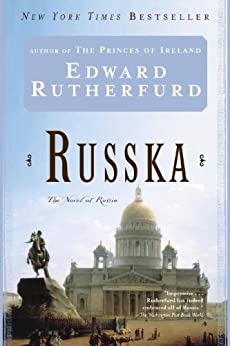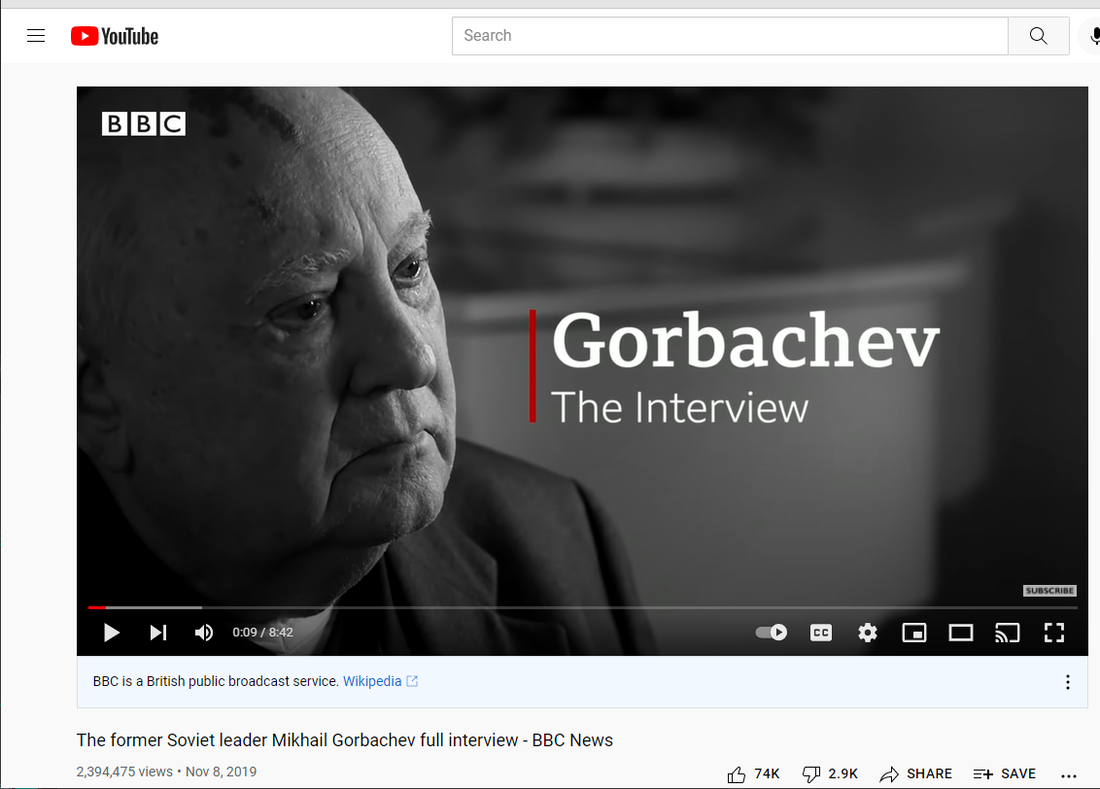|
by Eric L. Stoddard, Co-Founder of Heart of Russia Cruises
Having just returned from an extensive trip November 12-21 2021, to Moscow, St. Petersburg and their local communities I can only say this: Emphatically yes. It is safe to travel to and visit Russia. I had to have a COVID-19 test before I boarded the Aeroflot aircraft at LAX and before I boarded the aircraft in Moscow to return. I traveled by Aeroflot from Moscow to St. Petersburg. From St. Petersburg to Moscow I traveled by bullet train with speeds up to 230 kph and making only 3 stops between the two metropolises. Fast, modern, safe, and efficient. Police in Russia are visibly lightly armed. Typically a policeman has a pistol, set of handcuffs, a radio and a baton. Only the baton is visible. I saw a policeman pull over a speeder with his baton. One doesn't blow by a cop in Russia. Hotel staff all spoke English. Aeroflot staff spoke English. Museum guides spoke English. Restaurant wait staff spoke English. Many restaurants in both Moscow and St. Petersburg have both Russian and English menus. It seems the US media is intent on creating winners and losers and not recognizing reality. Other observations from my trip to Moscow and St. Petersburg: 1. Russians do what they are told. If the government says it's a problem, they grumble but obey. 2. Everyone was masked all the time except when eating at restaurants including the little town of Kimry where the MV Rossia was winter berthing. 3. Vaccination rates aren't high -- about 40%, but I heard little about it there. Mu understanding is vaccines are not mandated. 4. I was totally free to roam around in both cities; I suppose not FSB HQ, or some DOD type facilities but I did not see any of those. 5. Russia is not under lock down or quarantine restrictions. 6. St. Petersburg Stake’s ward meetings are all on Zoom, but it has submitted their plans to go live, awaiting approval from Area Authorities. 7. What was the attitude of people toward Covid? They have other fish to fry. Folks these are my frank observations. I felt very safe, at liberty to wander about, enjoyed the great Russian and Georgian food. Had some spectacular Beef Stroganoff. So again I say emphatically -- YES -- it is safe to travel to Russia. Come on this trip. Our unique People-to-People program will be insightful. See you aboard! Eric Stoddard Co-Founder CEO Heart of Russia Cruises LLC
0 Comments
By Mark J. Stoddard, Co-Founder, Heart of Russia Cruises
Bits & Bizarre Pieces of Russian History, Culture & Geography PART IV
 Each month we'll give you a book we recommend reading before your trip. If you love history, Russia is ripe for discovering if you haven't already. This month's book is "Russka" by Edward Rutherford. The summary below is from Bookrags.com This is a large book and will give you a great background for the places we'll visit on the cruise. From Amazon: "Impressive." THE WASHINGTON POST BOOK WORLD Spanning 1800 years of Russia's history, people, poltics, and culture, Edward Rurtherford, author of the phenomenally successful SARUM: THE NOVEL OF ENGLAND, tells a grand saga that is as multifaceted as Russia itself. Here is a story of a great civilization made human, played out through the lives of four families who are divided by ethnicity but united in shaping the destiny of their land. "Rutherford's RUSSKA succeeds....[He] can take his place among an elite cadre of chroniclers such as Harold Lamb, Maurice Hindus and Henri Troyat." SAN FRANCISCO CHRONICLE Russka: The Novel of Russia Summary & Study Guide Description http://www.bookrags.com/studyguide-russka/#gsc.tab=0 Russka, by Edward Rutherford, is the story of eighteen hundred years of Russian history. He includes the story of the history of the people and the country along with the politics and culture. The focal point of the book is the small village of Russka, located in the Russian heartland, from its beginnings until modern times. Most of the main characters, such as the Bobrovs, Suvorins, Karpenkos and Romanovs trace their roots to the small village, even though they move around the country. The book begins in primitive times with a small group of families living in huts. There are different tribes, with the Alans being the greatest of the warriors. These people become the leaders of Kiev and other cities. Their structure of government is based on succession passing from brother to brother and not from father to son. The result is a great deal of instability. The fact that there is no one strong central authority makes the country of Ru's susceptible to takeover from the outside. This is how the Mongols or Tatars are able to conquer the country in these years in the thirteenth century. The peasant woman Yanka flees from the Tatars. She is the ancestor of the Ivanovs. By the middle of the sixteenth century, Moscow has become a strong city with a tsar that has conquered other cities. Tsar Ivan is fighting to throw out the Tatars, but the Tatars have a working relationship with the landowners and merchants, which make this a difficult task. Boris Bobrov, a young landowner, is a strong supporter of the tsar. The Cossacks are instrumental in the fight against the Tatars. One of them is Andrei Karpenko. As the village of Russka develops over the years, an industrious serf, named Ivan Suvorin, begins a cloth business in the nineteenth century. The Suvorins have problems with the landowning Bobrovs over the years, but their cloth factories are very successful. The Suvorins finally gain their freedom from the Bobrovs and become very wealthy industrialists. At the time of the revolution, Vladimir is one of the wealthiest men in Russia. Throughout Russian history, the peasants were an oppressed class. Even though the laws changed regarding their status, they remain oppressed, yet when the revolution begins, it takes place in St. Petersburg and Moscow and not in the countryside. Russka looks at the development of the country and the interaction of these four families and how they cope with the various situations. There are conspiracies, murders and romance over the years. During the revolution, Nicolai Bobrov is a member of the duma. When he becomes suspect by the Cheka, Vladimir Suvorin, who loses all of his wealth, helps him escape to Finland and soon follows. After the fall of the Soviet regime, two men meet at a trade fair. When Paul Bobrov travels to Moscow, he and Sergei Romanov visit the village of Russka. The reader will enjoy this lengthy book. It is written in a style that results in quick and easy reading and will hold the reader's interest.  Watch "The former Soviet leader Mikhail Gorbachev full interview - BBC News" on YouTubehttps://youtu.be/qYVsKoQXATY Mikail Gorbachev has been scheduled to appear on our ship on the August 20 sailing for an hour interview which all passengers will be able to attend. Also on that cruise will be his interpreter, Pavel Palazhenko, Gorbachev's confident, translator and adviser. He was there for the meetings between Gorbachev and Reagan and will give us some wonderful insights as well. By Mark J. Stoddard, Co-Founder, Heart of Russia Cruises
PART III 1. Russia has 9 time zones, two more time zones than the USA...sort of. The USA has 7 from Maine to Alaska/Hawaii, but technically, the USA has one for Samoa and one for Chamorro, wherever that is. 2. Before the “putsch” or overthrow of communism in August, 1991, it was illegal to advertise, or to run a private business although thousands of businesses had already been started…quietly but profitably. 3. Viktor Kikol, one of the leaders tasked with writing the new Russian Constitution in 1991, freely admitted his template was from Thomas Jefferson and James Madison. 4. The USA and Russia are only 2.4 miles apart but 21 hours different. Check out the islands between Alaska and Siberia. 5. Tsarina Katherine’s closest adviser, Grigori Potemkin, wanted to make sure her expedition from the cold winters of St. Petersburg to the warm waters of the Black Sea and Yalta was filled with local peasant’s admiration for his tsarina. So, he built a series of phony village fronts, staffed with local peasants waving to the Tsarina as she passed by. From that came the name Potemkin Village. Sort of like Hollywood, “behind all that phony tinsel and glass, is REAL tinsel and glass.” 6. A serf in Russia was a slave in every sense of the word. When Abraham Lincoln freed the slaves, that gave Tsar Alexander II his template for freeing serfs in 1861. It may have also gotten him murdered as well. Several attempts were made despite his liberalizing laws toward the “people’s will.” When the would-be assassins failed, Alexander II brutally repressed them, stoking more attempts that ended in a bomb killing him. The ornate cathedral, Savior on the Spilled Blood is one of the most spectacular interiors in the world and was built on the spot in St. Petersburg when the tsar was killed. 7. In the early 1990’s many cities the Soviet’s renamed to honor modern communists were changed back to their names under the Tsars including St. Petersburg to Leningrad to St. Petersburg, Volgograd to Stalingrad to Volgograd and Nishni Novgorod to Gorki to Nishni Novgorod. 8. To keep Soviet soldiers from surrendering, Koba (Josef Stalin), issued a decree at the Battle of Stalingrad that any Soviet soldier captured by the Nazis would be executed upon his return. 9. The Battle of Gettysburg in the American Civil War produced casualties of about 20,000 per day, for 3 days. Likewise, the Battle of Stalingrad produced casualties of about 20,000 per day but lasted 180 days. 10. Between World War I, Stalin’s purges, and World War II, the USSR lost 80+% of its 18-39 year old men. After WWII, Stalin issued a decree to the women of the USSR that it was their duty and honor to have many children. Baby boys were coveted. This may have led a decade or two later to a skyrocketing divorce rate. The boys were pampered by their mothers and the brides were in no mood to pamper them after marriage. 11. In September, 1990, the only radio station in the entire Soviet Union was TASS. In spite of the USSR’s official belief system being atheism and dialectic materialism, when I was interviewed on a nation-wide broadcast about business, their first question was, “How does your belief in God affect your businesses?” Their next question was, “How does your belief in God affect your family?” |
 RSS Feed
RSS Feed